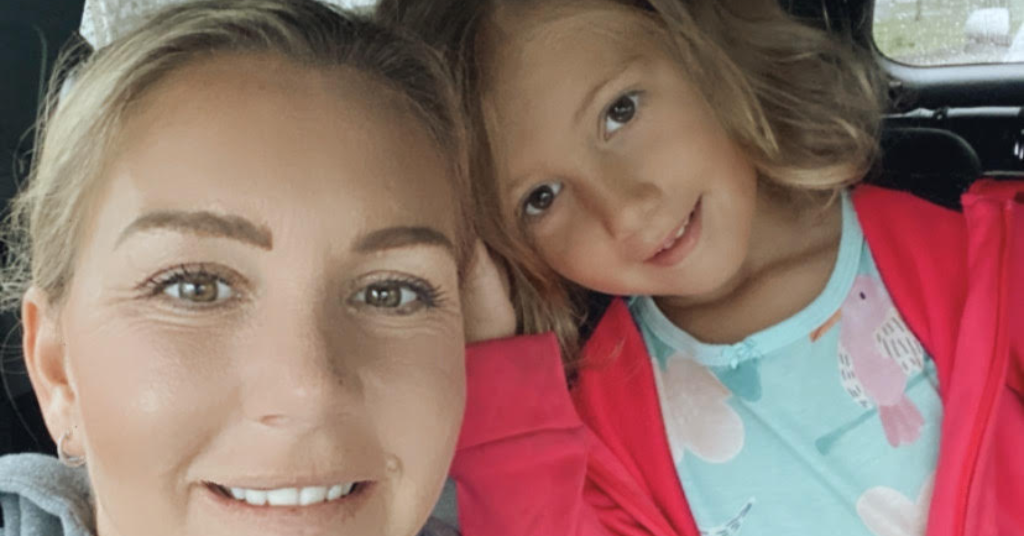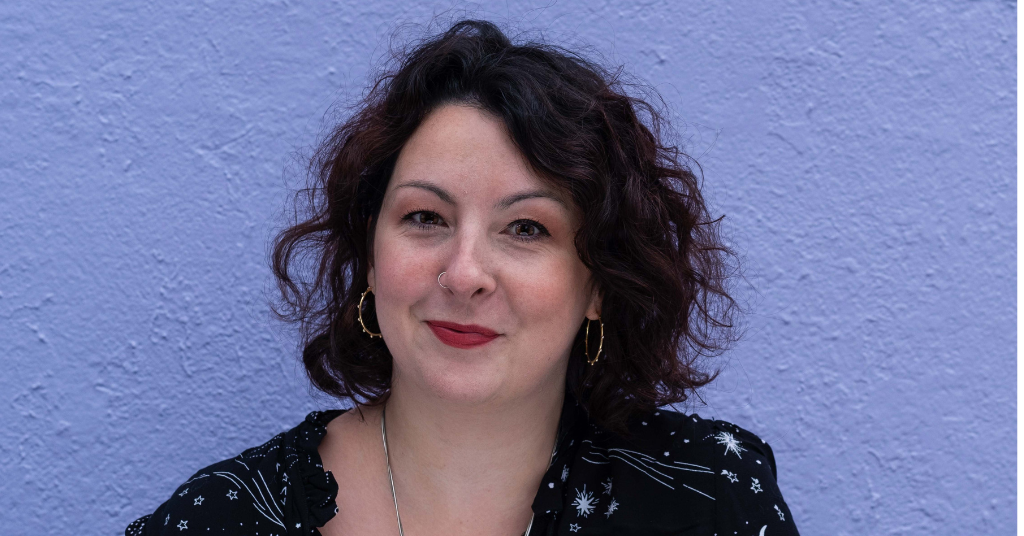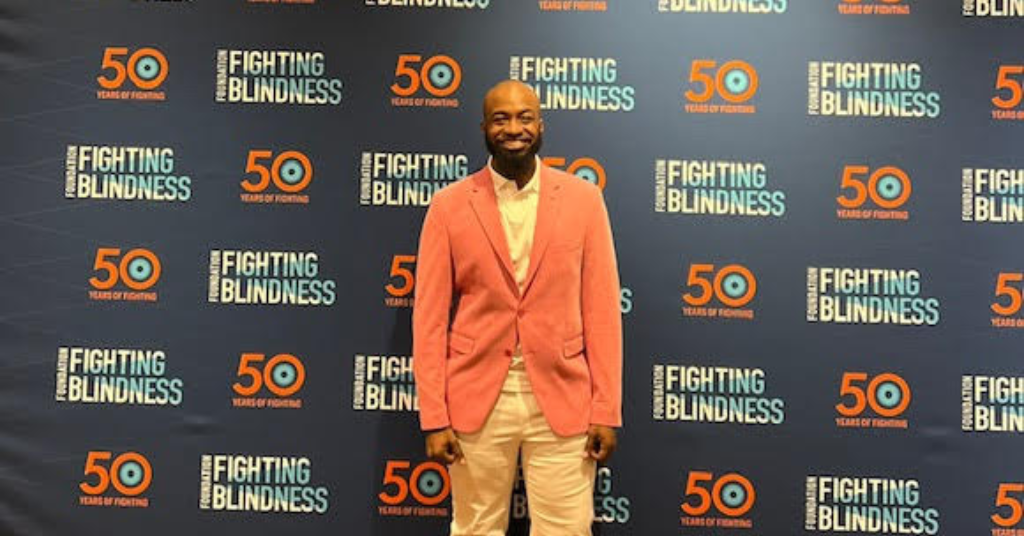
My experience with hearing loss in the “conversational range”
August 18, 2021
Phonak introduces the ActiveVent Receiver
August 23, 2021Deaf photographers around the world

While spoken and sign languages create foreign barriers between cultures, the language of photography is universal.
Here are a few deaf photographers are using that language to articulate a story through their lens.
Bruno Braquehais
Bruno Braquehais was born in Dieppe, France in 1823. Although records don’t state how he lost his hearing, Braquehais was deaf from a young age. When he was nine years old, he started at the Royal Institute of the Deaf and Mute in Paris. He later found work as a lithographer.
Braquehais’ connection with his father-in-law, who was a daguerrotypist, motivated his career shift into photography. Daguerrotype was the first photographic process. Braquehais began producing artistic photographs with nude subjects. These were hugely successful and used as a study aid by painters. He began selling his work. He also inherited his father-in-law’s daguerreotype portrait studio after his death, which he continued to run.
Clare Cassidy
Based in California, Clare Cassidy‘s passion for photography started as a little girl. She got lost in the pages of National Geographic and fantasized about when she could take such photos. Born deaf, she communicates using ASL. She has an identical twin sister who is also deaf. Her three sons are also deaf.
After college, Cassidy minored in photojournalism, which she excelled in. She graduated with a Masters in Secondary Education. She currently teaches visual journalism while running her photography business on the side.
Cassidy has been outspoken in her deaf advocacy on social media and is known for using her photography projects to raise awareness. Her project “Roar from the heart,” inspired by her feelings of devastation after the 2016 U.S. election, donated all profits raised to the Deaf Women of Color organization.
As Cassidy writes on her website, “My being deaf actually gives me the advantage to have a better eye when taking photos. I am not distracted by noises and am more attuned to body languages. Hence, my subjects’ personalities are genuinely portrayed in their photos and real moments in between the nothing are captured.”
“My being deaf actually gives me the advantage to have a better eye when taking photos.”
Her content relies on capturing humanity in its natural state over posed shots. Her extensive gallery involves a lot of maternity, birth and newborn material. However, she often steps into other areas, such as lifestyle and weddings.
She also works for Finding Meraki, an online platform that offers captioned photography workshops by deaf teachers with years of experience. Cassidy offers four separate classes. They include teaching how to use photography as a way to deliver emotive storytelling.
Jaime Del Pizzo
Jaime Del Pizzo was raised just outside of Philadelphia. She has bilateral, severe-to-profound hearing loss and wears Phonak Naida hearing aids.
She studied film production and communications in New Hampshire, where she was given the opportunity to spend a semester in New Zealand. Since then, she has spent time in Wyoming where she worked on a ranch and saved up for her Canon camera. With it, she journeyed through Puerto Rico, Colorado, and Alaska, snapping all the way and and honing her craft. She then settled in Bellingham, went freelance and started her own website. A range of photography services is offered. She recently entered a creative collaboration with another photographer and started Higher Ground Visuals. It’s a content creation business that offers services in photography, videography, and graphic design.
An avid adventurer and self-proclaimed nomad, Del Pizzo’s love for the wilder side of life is reflected in her photography. She produces high quality prints of snowy mountain peaks and incredible night shoots where she captures the bright lights of the Milky Way, an act she describes as “connecting her soul to the universe.”
The photographs she posts on Instagram are often accompanied by descriptive language that beautifully encapsulate the deaf experience. When addressing the unrealistic beauty standards that society often holds us to, she had this to say: “This is something that drives me in my work. I feel that in a sense, I hold this profound power or responsibility to reverse what society is telling people and really, truly show people how beautiful they are, inside and out. I really strive to use this medium to try and smush a snippet of the energy & the soul of a human into a 2D representation that is just buuuuursting at the seams of this mere rectangle.”
Del Pizzo also shares the difficulties that arise as a deaf person living an active life and the barriers she faces. In a blog post a couple of years ago, she said because of her deafness she gets to see the world in a way that most won’t experience.
Sieh dir diesen Beitrag auf Instagram an
Read more: Follow these inspiring deaf Instagrammers
Kate Disher-Quill
Kate Disher-Quill is an Australian photographer based in Melbourne who was diagnosed with hearing loss at three years old. She started wearing hearing aids at 10, but was too embarrassed to wear them outside of the classroom. This deep felt insecurity surrounding her hearing loss followed her into her adult life. When she was 26, she found an article written by another deaf photographer that mirrored all of the discomforts and shame that she had felt her whole life. The writer’s words had a profound affect on Kate.
As Disher-Quill told LensCulture, “How had I reached the age of 26, and not once been shown a story or image of someone like myself? Why had no one shown me that deafness was actually worthy of discussion, and not something to be ashamed of? If a thousand words in a magazine could have such an impact on me, how could I use photography and storytelling to do the same for so many others?”
With her perspective shifted into a more positive light, she started working on a new project, Earshot. Over a five year period, she sought out senior subjects along with the deaf community’s younger generation, who she feels have been deprived of representation. She spent her time traveling, interviewing, and capturing numerous accounts that eventually resulted in a book.
Read more: “Right Hear, Right Now”: Hearing Loss Awareness as Works of Art
Nurul “Mairah” Humairah
Nurul Humairah, who prefers to go by Mairah, is a deaf Muslim. She’s also a self-taught freelance travel photographer from Singapore. She communicates using both British and Singapore sign language. Her Instagram page is filled with images from her world travels through deaf eyes. She also raises deaf awareness, kept in a highlight reel. She encourages her followers to learn sign language — whether hearing or deaf — and believes in creating a world that’s inclusive to all.
Humairah has been a passionate photographer since school. She finally got her first own DSLR camera for her birthday back in 2011. She shoots with a Canon EOS 60D. Humairah was inspired to become a solo traveller after finding Calvin Young’s site, Seek The World. Young has become a legend in the world of deaf tourism. Humairah has since spent time solo back packing across Asia.
Humairah talked with Travelogoue about how she navigates the barriers she faces as a deaf woman in a foreign country with the help of assistive technology. If she finds herself at a train station where there are only audio announcements, she approaches people and tries to communicate through written form. If they don’t speak the same language, she uses Google Translate on her phone. Gestures and body language are also used to explain her needs. She always reaches her destination in the end.
As she told The Travel Intern, “We may be deaf, but we can walk, and we can do everything else. We just can’t hear.”
Read more: Deaf entrepreneurs around the world
Isabelle Lim
Isabelle Lim was born with Nager syndrome, a genetic condition that left her profoundly deaf and is so rare that there are fewer than 200 cases worldwide. Her ever supportive parents learned sign language and taught her so that they were able to communicate. Her mum still acts as an interpreter for her today and accompanies her as an assistant on shoots.
Lim struggled to adjust going from a special needs school to a mainstream one. Although a challenge, she passed her classes with the help of interpreters. When Lim decided to pursue accounting, the course lacked the vital resources she needed to succeed and there was no interpreter.
But that all changed when she joined a photography club and a new path opened up to her. She switched careers and won the award for Outstanding Deaf Student by the Singapore Association of the Deaf. She then won the Dare to Dream scholarship at LASALLE College of the Arts. Now a full time photographer, she runs her own business, ISSYSHOOTS. Her work mainly involves events and portrait photography.
Lim carried out a silent workshop. She described it to The Purple Parade: “The audience wore earplugs and we communicated via texts, which were also shown on the big LED screen. I wanted them to experience what it feels like to be in my Deaf world. I’ve always needed a sign language interpreter to be my voice and ears. But today, I am my own voice.”
Lim sees her deafness as a strength in her photography. She explains that she doesn’t have to communicate much when taking photos, which enables her to make use of the quiet and focus on documenting the events unfolding. She lets her intuition guide her.
Davy Priestly
Davy Priestly picked up the camera from a young age, only to put it down at 20 when he started to experience tinnitus. Around this time, he lost his hearing and became profoundly deaf. He didn’t pick up the camera again until he was 35. After a short stint shooting with a digital camera, realizing he didn’t get on with this particular process, he returned to analog. He joined an evening photography class where his camera evolved into something stonger than just a hobby. Priestly decided it was time to pursue it professionally and obtained a BA (Honors) in Photography.
Priestly’s hearing loss challenges sparked a deep interest in minority groups. In 2010, Priestly turned his lens to transgender women. The project would be his breakthrough into the world of photgrapahy and led to an exhibition in Miami. The women in his photos stare directly into the lens, looking assertive and in control of their bodies. He spent time with them, asking their thoughts on femininity, gender identity, and learning what every day life is like for them.
He steps behind his camera with an open and accepting mind, and so the possibilities open up to him. It is for this reason Priestly has had the success he’s had, which has led to more exhibitions and print sales. He continues to tell the stories that need telling and to be a visionary voice for the oppressed.
Jose Saldana
Nature photographer and photojournalist, Jose Saldana, who is of Puerto Rican descent, uses travel to document the deaf experience in different cultures around the globe.
Saldana’s mother noticed his hearing loss when he was two years old. He wasn’t responding when spoken to, so she took him to an audiologist, who confirmed her suspicions. He attended high school at Washington’s Model Secondary School for the Deaf, which is part of Gallaudet University.
Saldana lives a busy life of travel, mountain climbing, and freelance photography. He has been to over 25 countries. In 2019, he visited Vietnam, where he fell in love with the people and watching Vietnamese life through deaf eyes. In an interview featured on his site, he speaks about his observations on deaf life in Vietnam: “Although they always struggle to make a living, their optimism in everyday life helps us to confidently look to the future. A set of photos of deaf people who transcend their fate and become successful individuals in society is also one of the topics I am working on.”
He seeks a balanced life where he forms connections with people and their culture, as well as with landscapes and nature. His aim is to take photographs of anything he is experiencing for the first time as it happens before him. He also searches for the life missed when people stay inside and fail to engage with the world.
Collaborative Project
Lauren Benedict, Cat Cassidy, Clare Cassidy, Amelia Hamilton, and Tammy Wells
These are the names of five deaf female photographers, spread out across the U.S., from Seattle, Rochester, San Diego, Austin, and San Francisco.
In 2020, when COVID-19 arrived and humanity was sent into isolation, the disconnection from people and society was a shock to our collective system. These women decided to collaborate on a project that would challenge this and set out to reconnect people through the best medium we had left available to us – social media. Using their cameras, they captured a series of both deaf and hearing families quarantining together through the windows of their homes. It was uploaded it to Instagram with the hashtag #inbetwinus.
From there, it turned into a social experiment, with more and more people reaching out and wanting to take part. It goes to show the power that imagery can have in bringing people together when we need it more than ever. Seeing a gallery of other families living through the same thing is like being wrapped in a blanket. It affirms our reality and brings forth the age old sentiment, “If they can do it, I can do it.”




